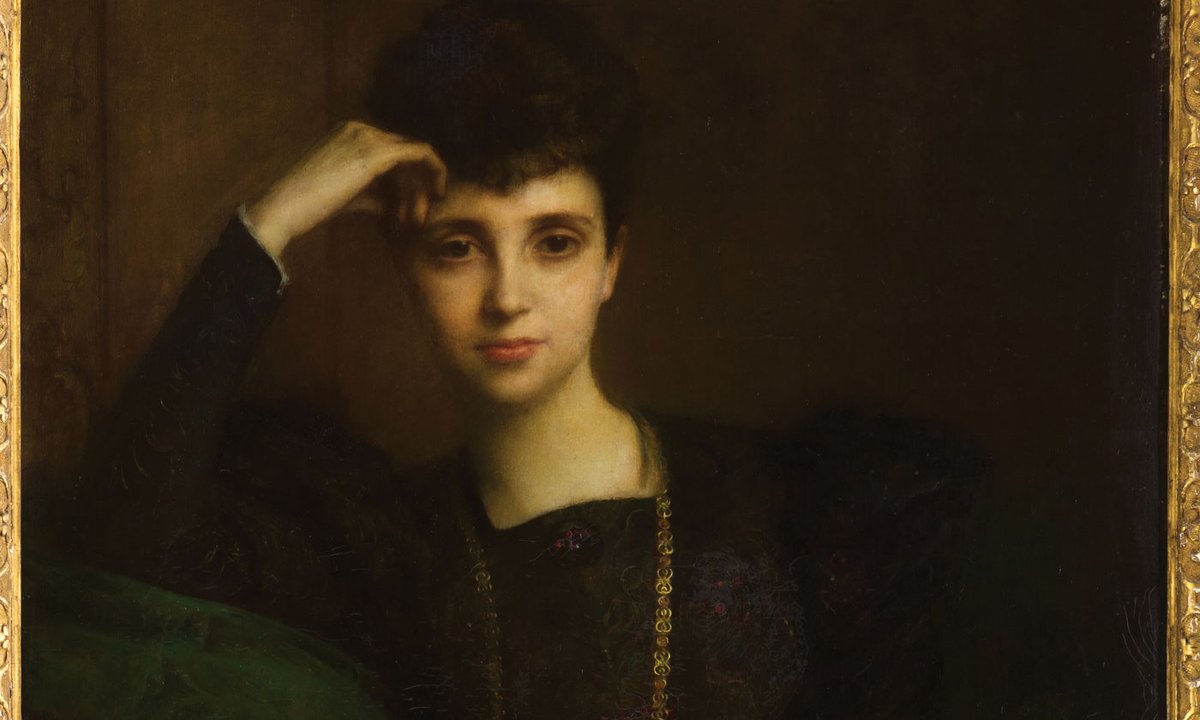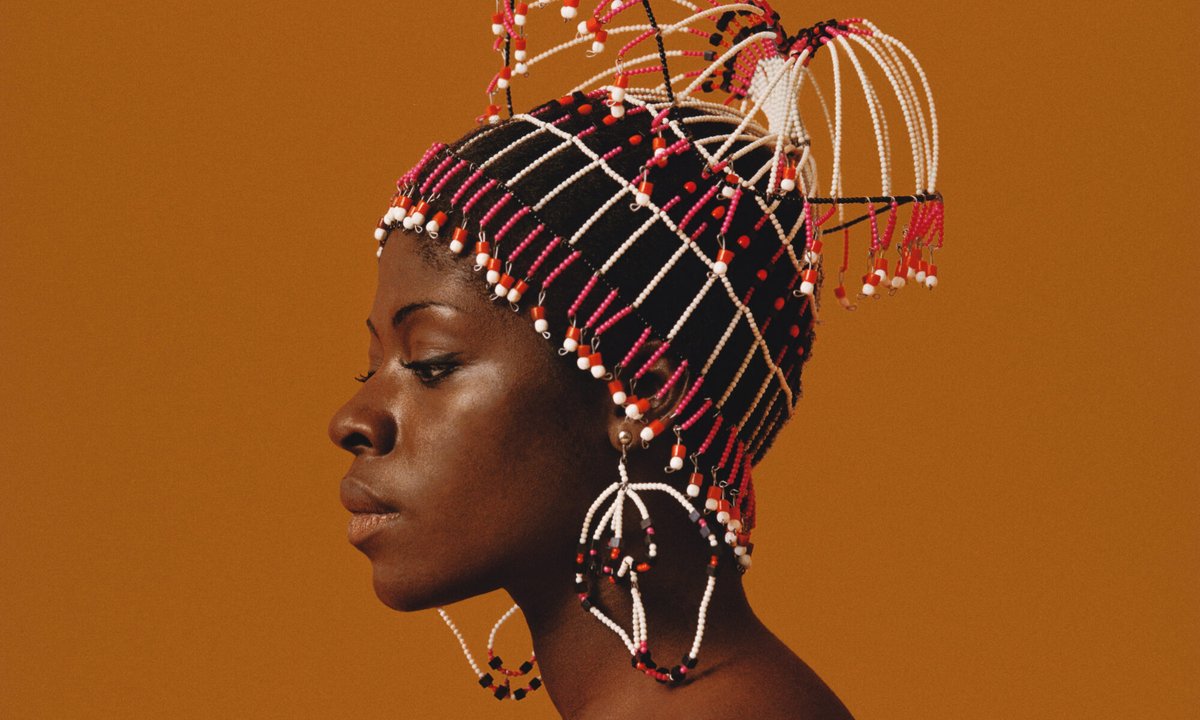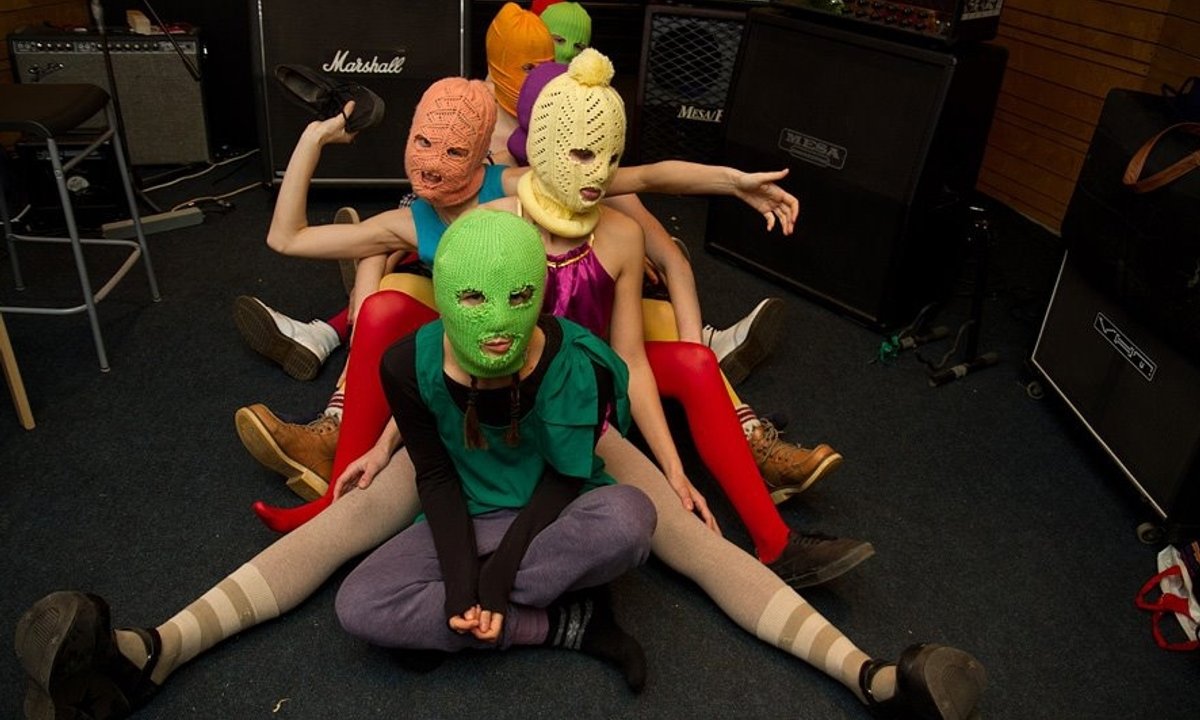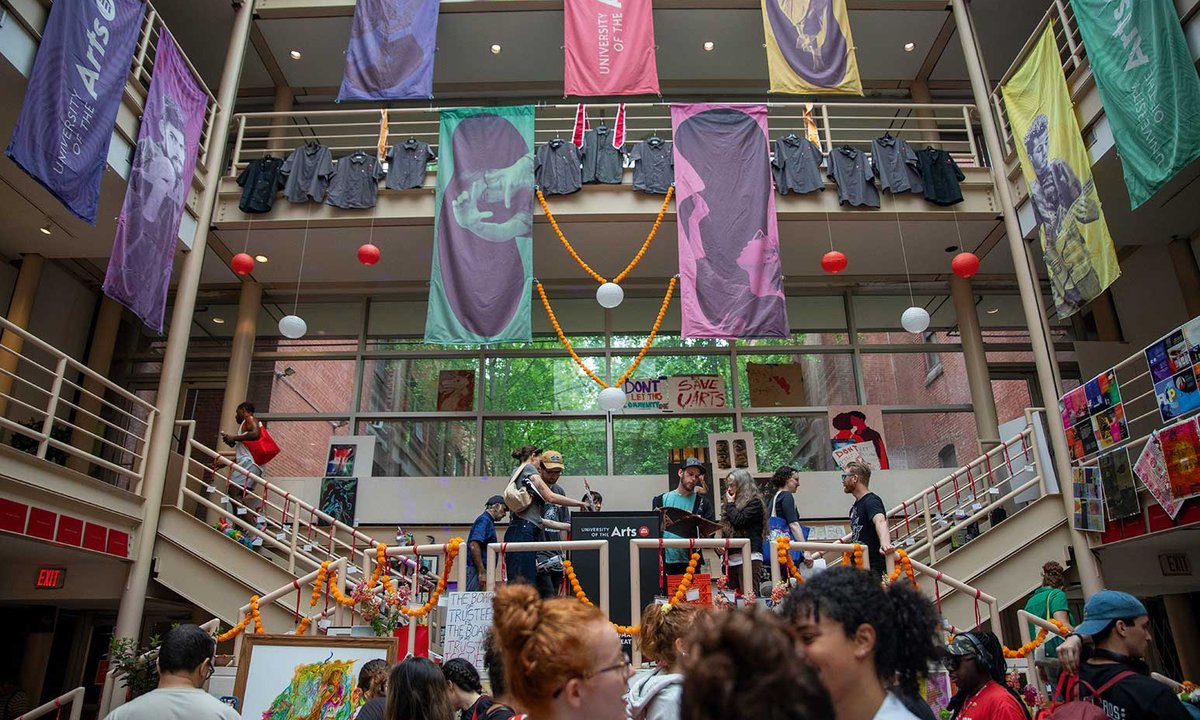In multiple fields, including antiquities, numismatics, books and Old Masters, Martine de Béhague (1870-1939) is recognised as a collector of the first rank, one whose name adds lustre to a work’s provenance, and many of whose possessions are to be found in globally renowned institutions, including the Louvre, the British Museum and the Getty.
The scale and quality of her collecting has come to light through pieces given to the Louvre in her memory, and to periodic sales. In 1929 she gave Fleury, her château near Fontainebleau (a few kilometres from her childhood home at Courances), to her nephew Hubert de Ganay but not before selling its contents, including Beauvais tapestries after Boucher. In 1984, Drouot sold her important collection of gold and silver Ancient Greek coins; in 1987, Sotheby’s Monte Carlo mounted a record-breaking sale of her vast collection of Egyptian, Greek and Roman antiquities, and Byzantine and early Christian pieces; in 1999 her Leonardesque Salvator Mundi, known as the “Ganay”, was sold at auction; and in November 2019 a small part of her legendary collection of books and manuscripts, came up for sale at Christie’s, Paris.
But, until now, Martine de Béhague has not received the same personal recognition as some of her flamboyant collector peers, the likes of Isabella Stewart Gardner, Winnaretta de Polignac and Peggy Guggenheim. Nor has the special range of her collecting, from Egyptian deities and medieval illuminations to Moroccan rugs and contemporary works by Vlaminck and Picasso, been fully appreciated.
Personal tragedy and spiritual conviction drove her acquisition of so many rare and beautiful things
Jean-David Jumeau-Lafond’s new study, Martine de Béhague: Une esthète à la Belle Époque, builds a vivid picture of Béhague’s sensitive but no-nonsense personality, her intelligence and strength of character (evident whenever he quotes her directly), making use of her diaries and correspondence, the carnets of her acquisitions and sales—her secretary struggling to keep pace with near daily purchases—albums of press cuttings, and her correspondence with the artists that she admired and supported. He has delved thoroughly into the published and unpublished works of her writer friends, including the French poets Henri de Régnier and Paul Valéry and the British writer Maurice Baring; and also demonstrates, from primary sources, how personal tragedy and spiritual conviction drove Béhague’s acquisition of so many rare and beautiful things.
Béhague was born into the French aristocracy, the daughter of the bibliophile Comte Octave de Béhague—and to great wealth. She and her sister Berthe de Ganay were co-heirs to one of the richest men of his day, their maternal grandfather, Samuel de Haber—a German banker who had become a naturalised Frenchman at the time of the Franco-Prussian war. Haber and Octave de Béhague acquired the abandoned château of Courances, near Fontainebleau, the year after Martine’s birth—there was a tree growing on its first floor—and by 1881 they had restored it to full splendour so that Martine and Berthe could dream their youthful dreams among its marbled halls and the series of mirror ponds, basins and canals that populate its atmospheric park.
This childhood reverie was banished with the death of both Martine’s parents and all but one of her grandparents by the time she was 16. Her disastrous marriage to a cavalry officer, Comte René de Béarn, was over, through an official separation, by 1895. She went on using Béarn’s name—divorce was out of the question for the socially conservative Martine until the changes wrought by the First World War liberated her to return to her maiden name in 1920—but the collapse of her marriage was of importance to her future as a collector.
Martine de Béhague in one of several portraits Paul Helleu made of her around 1900 Private Collection. Photograph by André Morin
She turned to art as a transcendent source of consolation. Béhague was by nature an introvert, at her best in small groups or tête-à-tête, but one who was disarmingly direct in her diary entries and in her correspondence, getting straight to matters of life and death with new acquaintances. Jumeau-Lafond quotes a telling exchange of letters between Béhague and the sculptor Jean Dampt from the year after her legal separation: “I tried the consolation you speak of,” she writes, “to immerse myself in long contemplation of beautiful and profound works. Now more than ever I will look to them as my only source of joy.” “You have rejoiced,” Dampt answers, “in discovering how to love beauty enough for it to fill your life and to transport you far from your sufferings.” (Translations from the French are mine.)
The bust portrait that Dampt made of her at the time, in pear wood, ivory and precious stones, was tellingly called Réflexion. Béhague also commissioned an Ex Libris bookplate that cuts to the chase, reading: “Born. Weep [crossed out and replaced with “Learn”]. Die.” The words surround a drawing of a lectern placed atop a tree with a missal on it. The devotion to beauty and knowledge is unmistakable.
Jean Dampt, Réflexion, an 1897 bust of Martine de Béhague in pearwood, ivory and semi-precious stones Private Collection. Photograph: André Morin
In photographs and youthful portraits by Paul Helleu and Pascal Dagnan-Bouveret it is hard to avoid Béhague’s large, mournful eyes; her unflinching gaze. Rowland Strong, of the New York Times, saw her portrait at Dagnan-Bouveret’s studio in 1899: “A wonderful study of a strange physiognomy, pale and melancholy and aristocratic, with a deep look of religious fervour in the sad eyes.” “She has eyes to see,” Régnier wrote many years later. “I know few who see with such sensitivity.”
The quest for beauty
After separating from her husband, Béhague threw herself into collecting and building, reconstructing her parents’ Hôtel de Béhague, in Paris, on a palatial scale, but preserving the Louis XIV panelling from the old house and reconstituting her father’s oak-lined oval library. By 1900 she had added a 600-seat theatre, the Salle Byzantine, but, ever shy, had Dampt create a private medieval-cum-Symbolist chamber from which she could watch concerts of Beethoven and Wagner, avant garde dance pieces with revolutionary stage effects devised by Mariano Fortuny, and performed by the likes of Isadora Duncan. (She was a supporter of the Ballets Russes, collecting Léon Bakst’s designs for the troupe and lending Igor Stravinsky her 1900 Pleyel double piano, a “vis-à-vis” instrument with two players facing each other, for the 1923 premiere of his ballet Les Noces.)
Her father had sold his collection of prints and books shortly before his death, but Béhague proved herself an avid bibliophile with wide tastes, from Henri III’s missal to manuscripts of the Goncourt brothers and Alfred de Vigny; from Consul Smith’s folio of Canaletto’s etchings of Venice to the hanging plan for the cabinet du roi at Versailles in 1784. And she read. When Marcel Proust encountered her at the watering hole of Kreuznach in 1897, he found her serious and intelligent but unavailable, so absorbed was she in Goethe’s Wilhelm Meister.
One of the vitrines that Béhague filled with rarities of all ages and countries at Hôtel de Béhague, her treasure house in Paris. Its contents include a medal in gold of Marie de Medici (bottom left), c. 1610-14, and (centre) a Saint-Porchaire faience drinking vessel with the emblems of Henri II and Diane de Poitiers, c. 1530-40
Pictures and artefacts were offered to her daily, and she bought privately, at auction and from the main dealers of the day. But she would not be pushed into buying, even when two trusted artist friends, Helleu and Edgar Degas, pressed her to come to the dealer Durand-Ruel to see Jean-Marc Nattier’s La Marquise de Baglion en Flore. “I have no money,” she said at the gallery. Code for an unacceptable price. She valued the advice of experts, but bought on emotional connection, beyond a piece’s importance or provenance—always aware of market values. Against the advice of her friend Bernard Berenson, she acquired four superb drapery drawings, now accepted as being by Leonardo, with two in the Louvre collection.
She once bartered with a fisherman near ancient Halicarnassus for a flawless first-century gold beaker he had brought up in his nets
And, in her quest for beauty, she travelled, building first a houseboat, the Lotus, for exploring the rivers of France, and then the Nirvana, a 260-ft motor yacht in which she cruised the Mediterranean and beyond—once bartering with a fisherman near ancient Halicarnassus for a flawless first-century gold beaker he had brought up in his nets (now in the Getty) by weighing it in the balance with gold coins.
In 1926 her friend Valéry, master of her library, told her of a serendipitous encounter in the Paris house so familiar to him. “Oh what a surprise I had … I admired in a corner a little painting that I did not know, a joy—the Whistler [The Philosopher, c. 1897]. It is one of the best, a pearl.” That, and the revered Auguste Rodin’s admiration for her “musée vivant”, were music to the ears of one who Jumeau-Lafond shows was much more than a “grande collectioneuse”. Rather Béhague was a dilettante in the true sense; someone who collected for pleasure, who made choices. And she chose for the love of art.
• Martine de Béhague: Une esthète à la Belle Époque, by Jean-David Jumeau-Lafond. Published 16 November by Flammarion, 240pp, 227 colour & b/w illustrations, €59 (hb)







